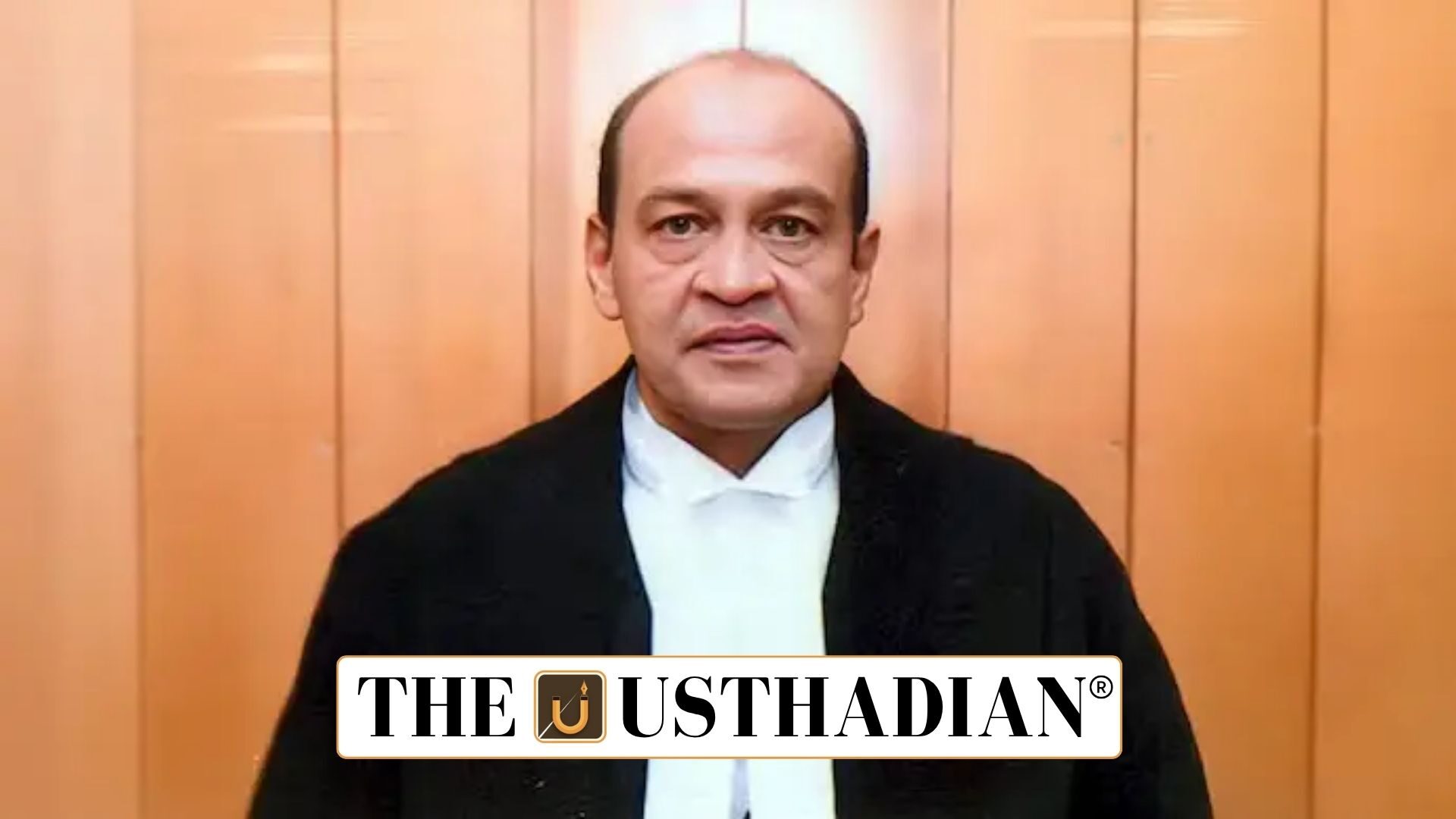Motion against Justice Yashwant Varma
Motion to Remove Justice Yashwant Varma Gains Cross-Party Support: A significant development has occurred in Indian judicial history as 145 Lok Sabha members have submitted a motion seeking the removal of Justice Yashwant Varma. Alongside, over 50 Rajya Sabha members have signed a similar motion. These actions reflect concerns raised across political lines regarding alleged judicial misconduct.
Constitutional provisions involved
The removal of judges is governed by a series of Articles in the Indian Constitution.
- Article 124(4) specifies that Supreme Court judges can be removed on grounds of proven misbehavior or incapacity.
- Article 124(5) empowers Parliament to define the procedure for removal through legislation.
- The Judges Enquiry Act, 1968 was enacted under Article 124(5) to regulate this process.
Static GK fact: The word “impeachment” is never used in the Constitution for judge removal, unlike in the case of the President.
Applicability to High Court judges
Although Justice Verma is a High Court judge, the same removal process applies to him due to Articles 217(1)(b) and 218.
- Article 217(1)(b) links the removal of High Court judges to the process for Supreme Court judges.
- Article 218 extends the applicability of Articles 124(4) and 124(5) to High Courts as well.
Static GK Tip: High Court judges are appointed by the President under Article 217(1) and can only be removed in the manner laid down in Article 124(4).
Removal process in steps
The process of removing a judge is long and intricate, ensuring judicial independence while maintaining accountability.
Initiation
A removal motion must be signed by:
- At least 100 Lok Sabha members or
- 50 Rajya Sabha members
It is then submitted to the Speaker or Chairman of the respective House.
Committee formation and investigation
If admitted, a three-member committee is formed to investigate the allegations. The committee consists of:
- One Supreme Court judge
- One Chief Justice of a High Court
- One distinguished jurist
If the judge is found guilty, the process moves to the next stage.
Parliamentary approval
Both Houses must pass the motion using a special majority, i.e.:
- A majority of the total membership of the House, and
- A two-thirds majority of members present and voting
This must happen in the same session of Parliament.
Presidential order
After Parliamentary approval, an address is sent to the President, who then issues the removal order.
Static GK fact: No judge in India has ever been successfully removed, although multiple motions have been initiated in the past.
Static Usthadian Current Affairs Table
Motion to Remove Justice Yashwant Varma Gains Cross-Party Support:
| Topic | Detail |
| Motion filed against | Justice Yashwant Varma |
| Total Lok Sabha signatories | 145 members |
| Total Rajya Sabha signatories | More than 50 members |
| Governing law for procedure | Judges Enquiry Act, 1968 |
| Article for SC judge removal | Article 124(4) |
| Article extending removal to HC judges | Articles 217(1)(b) and 218 |
| Required signatures for motion | 100 in Lok Sabha or 50 in Rajya Sabha |
| Composition of investigation committee | SC judge, HC Chief Justice, Jurist |
| Type of majority needed | Special majority in both Houses |
| Final authority to remove judge | President of India |








